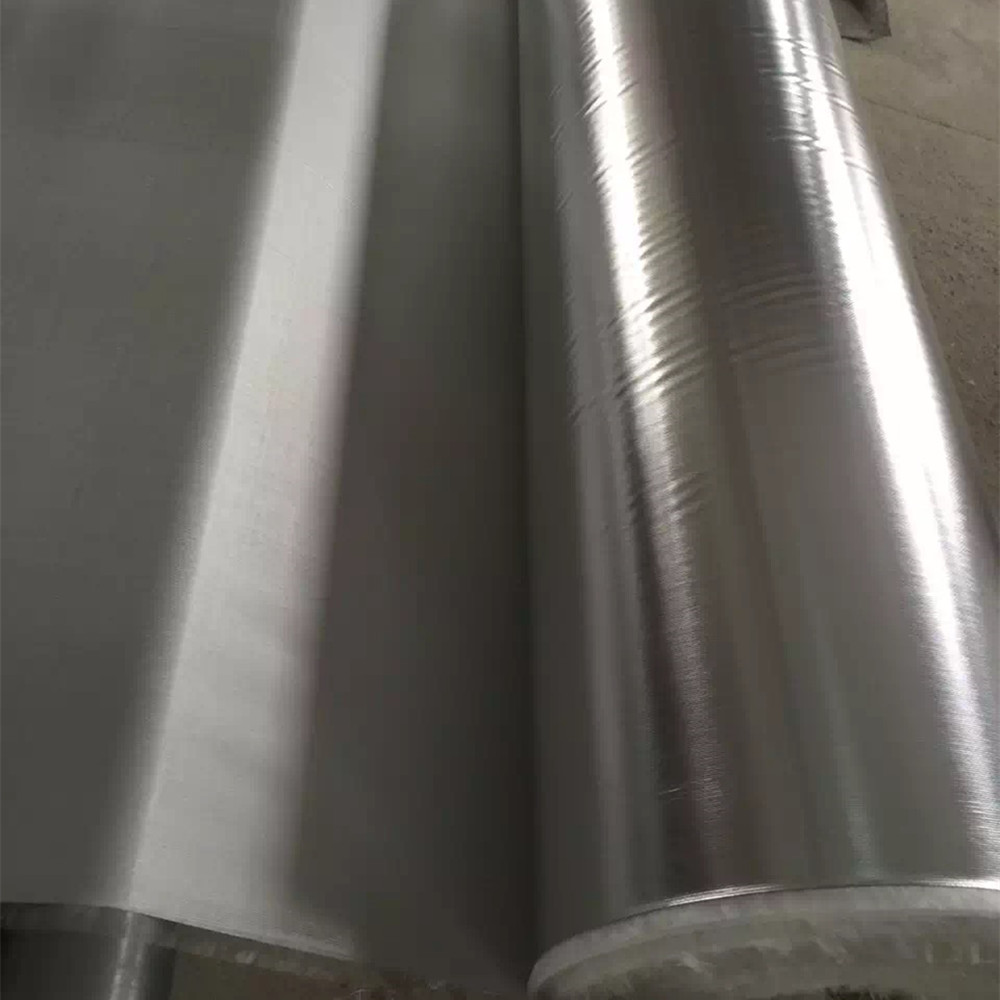Aluminum Foil Fiberglass Fabric is a composite material combining fiberglass fabric with an aluminum foil layer, typically laminated or coated together. This integration leverages the strengths of both components: fiberglass provides structural integrity, heat resistance, and durability, while aluminum foil adds reflective properties, thermal shielding, and moisture resistance.
Thermal Insulation:
Used in HVAC systems, industrial pipelines, boilers, and ductwork to reflect radiant heat and reduce energy loss.
Acts as a radiation barrier in buildings and spacecraft to maintain temperature stability.
Fire Protection:
Fire blankets, welding curtains, and protective gear (e.g., firefighting suits) due to fiberglass’s flame resistance and aluminum’s heat reflectivity.
Fireproof covers for equipment and expansion joints in high-temperature environments.
Industrial Shielding:
Heat shields in automotive and aerospace applications (e.g., engine compartments, exhaust systems).
Protects sensitive components from thermal radiation and sparks in welding or foundries.
Electrical and EMI Shielding:
While primarily for thermal purposes, the aluminum layer may offer limited electromagnetic interference (EMI) shielding in electronics or industrial settings.
Corrosion-Resistant Covers:
Used in chemical or marine environments where moisture and corrosive agents are present, leveraging aluminum’s corrosion resistance.
Flexible Packaging:
High-temperature-resistant packaging for industrial goods requiring thermal protection during transport or storage.
High-Temperature Resistance: Withstands temperatures up to ~500°C (varies by fiberglass type and foil thickness).
Reflectivity: Aluminum reflects up to 95% of radiant heat.
Durability: Fiberglass resists abrasion and tearing, while aluminum adds rigidity.
Lightweight and Flexible: Easily molded around complex shapes compared to rigid materials.
Aluminum foil may degrade if exposed to temperatures near its melting point (~660°C).
Requires careful handling to avoid puncturing the foil layer.
This versatile material is critical in industries prioritizing thermal management, fire safety, and durability, such as construction, aerospace, automotive, and manufacturing.
